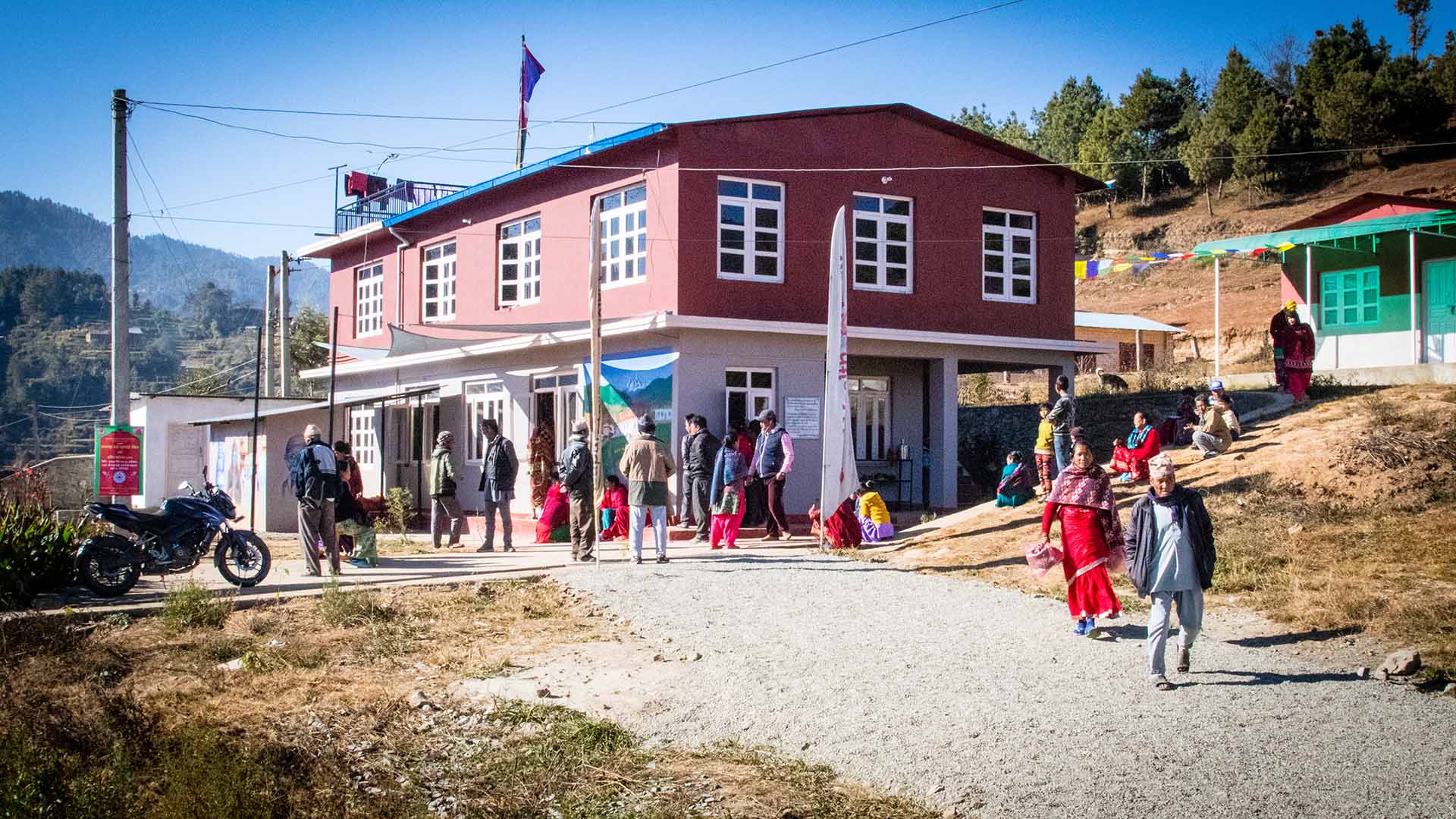News Blog
Latest News From Our Volunteers in Nepal
VOLUNTEER COMMUNITY CARE CLINICS IN NEPAL
Nepal remains one of the poorest countries in the world and has been plagued with political unrest and military conflict for the past decade. In 2015, a pair of major earthquakes devastated this small and fragile country.
Since 2008, the Acupuncture Relief Project has provided over 300,000 treatments to patients living in rural villages outside of Kathmandu Nepal. Our efforts include the treatment of patients living without access to modern medical care as well as people suffering from extreme poverty, substance abuse and social disfranchisement.
Common conditions include musculoskeletal pain, digestive pain, hypertension, diabetes, stroke rehabilitation, uterine prolapse, asthma, and recovery from tuberculosis treatment, typhoid fever, and surgery.
FEATURED CASE STUDIES
Rheumatoid Arthritis +
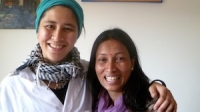
35-year-old female presents with multiple bilateral joint pain beginning 18 months previously and had received a diagnosis of…
Autism Spectrum Disorder +
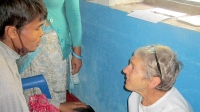
20-year-old male patient presents with decreased mental capacity, which his mother states has been present since birth. He…
Spinal Trauma Sequelae with Osteoarthritis of Right Knee +
60-year-old female presents with spinal trauma sequela consisting of constant mid- to high grade pain and restricted flexion…
Chronic Vomiting +
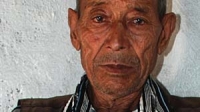
80-year-old male presents with vomiting 20 minutes after each meal for 2 years. At the time of initial…
COMPASSION CONNECT : DOCUMENTARY SERIES
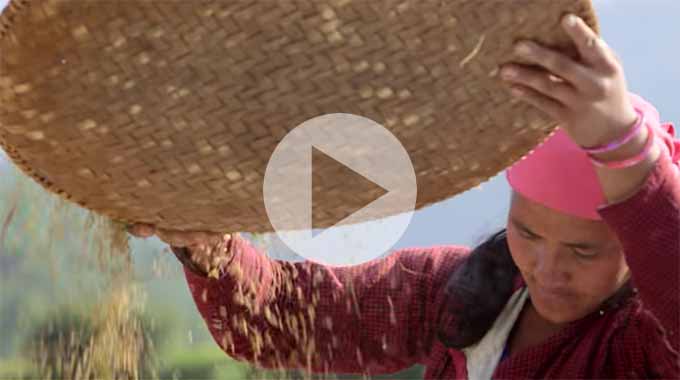
Episode 1
Rural Primary Care
In the aftermath of the 2015 Gorkha Earthquake, this episode explores the challenges of providing basic medical access for people living in rural areas.
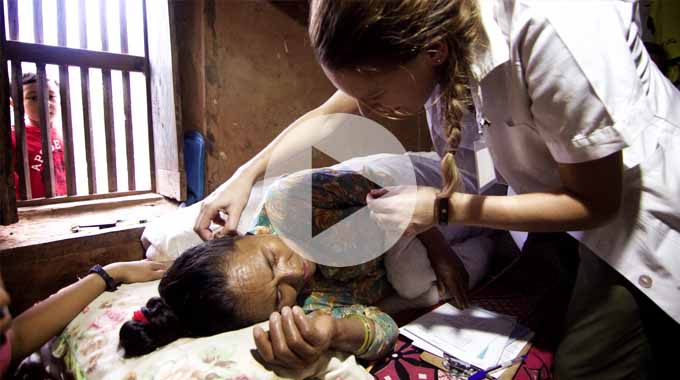
Episode 2
Integrated Medicine
Acupuncture Relief Project tackles complicated medical cases through accurate assessment and the cooperation of both governmental and non-governmental agencies.
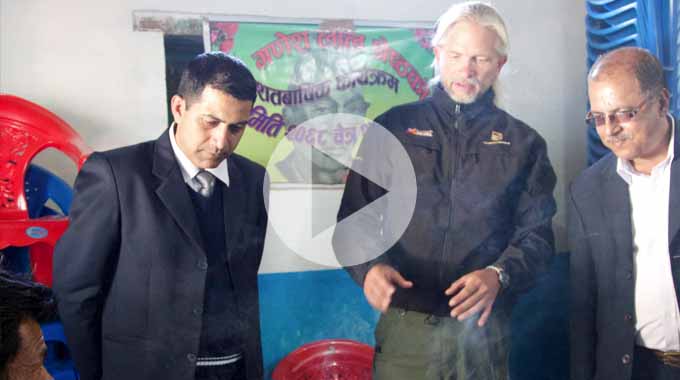
Episode 3
Working With The Government
Cooperation with the local government yields a unique opportunities to establish a new integrated medicine outpost in Bajra Barahi, Makawanpur, Nepal.
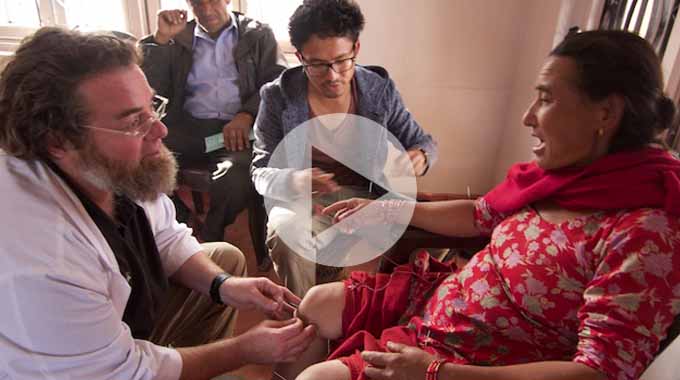
Episode 4
Case Management
Complicated medical cases require extraordinary effort. This episode follows 4-year-old Sushmita in her battle with tuberculosis.
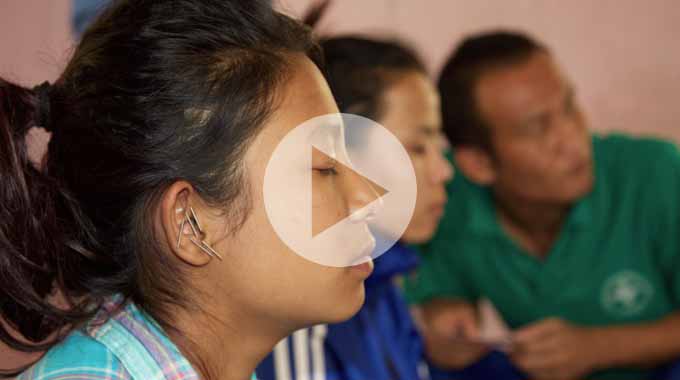
Episode 5
Sober Recovery
Drug and alcohol abuse is a constant issue in both rural and urban areas of Nepal. Local customs and few treatment facilities prove difficult obstacles.
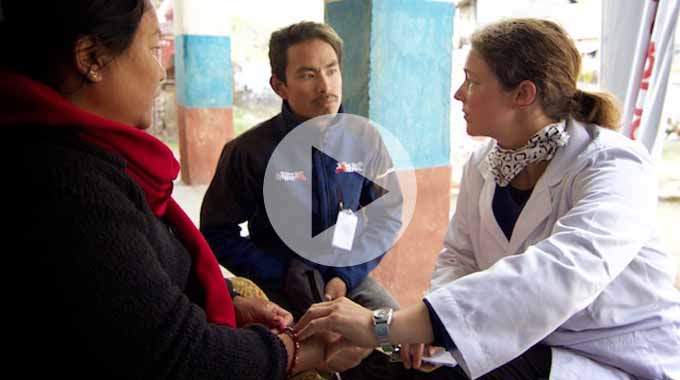
Episode 6
The Interpreters
Interpreters help make a critical connection between patients and practitioners. This episode explores the people that make our medicine possible and what it takes to do the job.
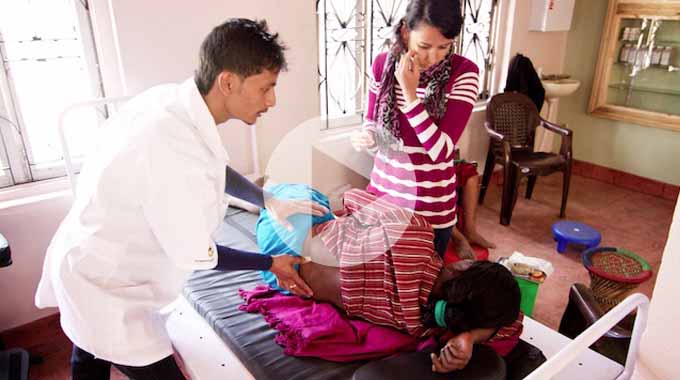
Episode 7
Future Doctors of Nepal
This episode looks at the people and the process of creating a new generation of Nepali rural health providers.
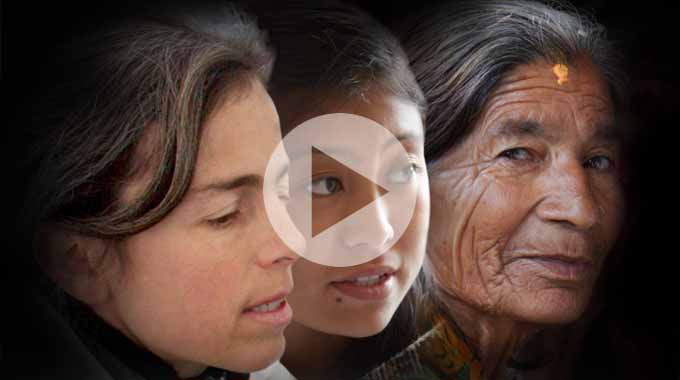
Compassion Connects
2012 Pilot Episode
In this 2011, documentary, Film-maker Tristan Stoch successfully illustrates many of the complexities of providing primary medical care in a third world environment.
From Our Blog
- Details
- By Leela Longson
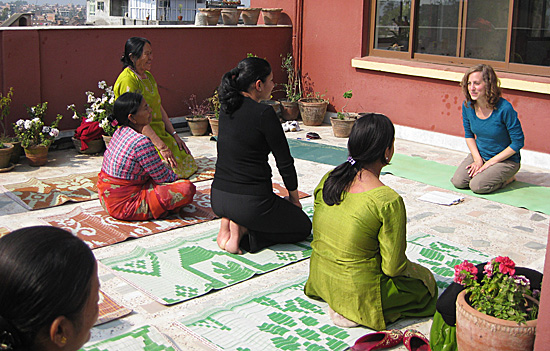
As an acupuncturist spending a few short months in Nepal, I often wondered if the healthcare we were offering was making any lasting difference. I saw many chronic issues related to the stress of a difficult lifestyle and cold climate. I would ask myself how I could best help my patients in the long run. Since many of my patients suffered from low back pain, I recognized that some gentle stretching exercises would probably help them a lot.
 Here in Nepal, there is very little yoga or other stretching done within the culture. I decided that I could either teach them individually or in a group setting. From my own experience practicing yoga, I noticed that people are often much more likely to stretch in a class together and it is helpful to the overall healing process to share experience with others. So, I chose a date to have a Back Stretching Workshop and my colleagues and I started putting the word out during our clinic treatments. I wondered if the people of Chapagaon would be excited to learn some new skills to help themselves live more pain free? Many of our patients travel 2-3 hours or more to the clinic, usually on foot. Would they make the journey?
Here in Nepal, there is very little yoga or other stretching done within the culture. I decided that I could either teach them individually or in a group setting. From my own experience practicing yoga, I noticed that people are often much more likely to stretch in a class together and it is helpful to the overall healing process to share experience with others. So, I chose a date to have a Back Stretching Workshop and my colleagues and I started putting the word out during our clinic treatments. I wondered if the people of Chapagaon would be excited to learn some new skills to help themselves live more pain free? Many of our patients travel 2-3 hours or more to the clinic, usually on foot. Would they make the journey?
On the first day, 10 people showed up and we all joined on the rooftop patio, elbow to elbow, on bamboo mats to learn some basic yoga stretches. Sonya, one of our clinic’s dedicated interpreters, helped them understand my directions and move into the stretches. They did a great job of picking up the poses, with drawings to take home so they could continue. And at the end, they couldn’t wait to come back to class the following week. It was one of the most gratifying things I did while working at the clinic!
I loved their enthusiasm and willingness to learn. It was simple, it brought people together, and it gave them a tool they could use for their own well-being. –Leela
Admin note: Leela Longson is now practicing at Confluence Clinic in Portland Oregon. We sincerely thank Leela for her contributions in providing basic healthcare at our clinic in Nepal and wish her success in her new clinic practice.
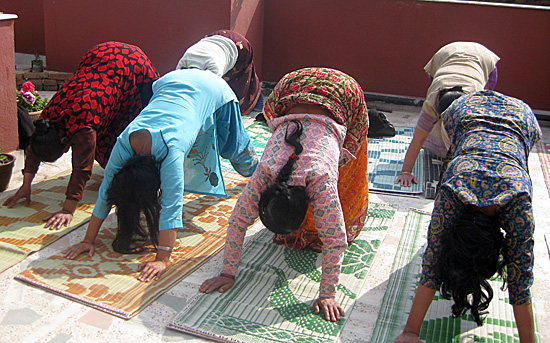
- Details
- By Andrew Schlabach
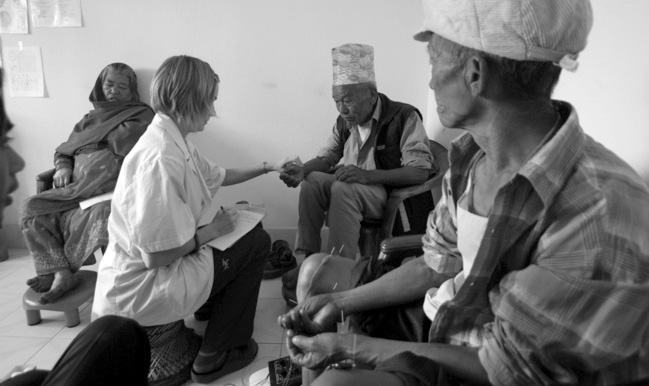
Volunteer practitioners are the heart and soul of our small project. In the last two years we have had the distinct pleasure of working with 14 acupuncturists hailing from several Oriental medicine schools in the United States and Canada. Through our combined efforts we have provided over 15,000 acupuncture and herbal medicine treatments to nearly 3000 of the poorest people in the world. Our volunteer's dedication to overcoming the hardships of living and working in the small third-world country of Nepal is not only admirable but also rather extraordinary. Not only do they set aside their own families and daily comforts to endure the rigorous workload, they also have to look after their own health and learn all they can about this impoverished country and its people. They have alleviated pain, helped stroke patients learn to walk, managed widespread outbreaks of the flu, cured diarrhea, and reduced asthma. They have cared for infants, adults and the dying. In short, they have extended a hand of kindness and compassion in a way that few people will ever know.
We are sincerely grateful for their service.
In 2010, Acupuncture Relief Project will again staff the Vajra Varahi Clinic in Chapagaon, Nepal and is now seeking applications from qualified acupuncture practitioners, naturopathic physicians, chiropractors and other medical professionals. We will be conducting three clinic camps from September 2010 to March 2011. Each camp will last seven weeks and be limited to four practitioners. We are also accepting applications from practitioners who would like to serve in Nepal other times during the year.
If you would like to be considered for the 2010/11 project, please download and submit our application by June 15th, 2010. Applications received after this date will be reviewed on a first come first served basis.
As Oriental medicine practitioners, we assure you an insightful experience and an opportunity to perfect and learn new skills while witnessing the transformative power of your medicine. More importantly you will be serving a community that desperately needs your support.
Please click here to download our application packet or contact me for more information.
I’m very excited about offering this opportunity and I hope that we will be working together in Nepal. -Andrew
- Details
- By Alison Loercher
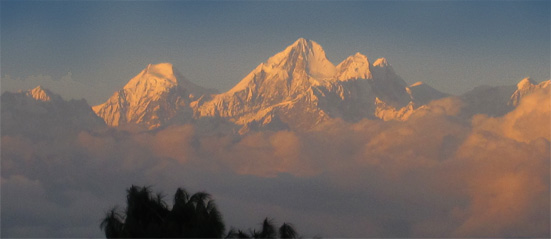
December in the Kathmandu valley, the nights are cold and days are hot. The mid day sun is deceptive in its warmth and leads you to believe that after sitting in it on your lunch break, you will then be warm the rest of the day and night. This is not true, you can not believe the sun's whispered promises. While you may sweat over your plate of lunch, it is cold back in the treatment rooms where the windows let in too little light. The warmth has to come from within, somewhere. I learned quite specifically where the warmth of compassion lay in my chest and how digestive fire warms the body. If you eat too little, you will not only be hungry but also cold. The day I wore less than two pairs of pants was cause for celebration.
Fortunately, the heat of my compassion and the heat of my digestion took turns being there for me. This is my new personal definition of internal strength. Whether from inside or outside, somehow or other I always got what I needed to get through the day.
It is somewhat to be expected to have a hard time adjusting to a new climate, new food, air and water. Though I had been traveling several places in Asia before I arrived in Nepal, this was still true for me. I thought that maybe it would be a bit better since my body was used to adjusting several times a year. But the chaos of Nepal is different from the chaos of China. The spiciness of Nepali chillis is different from the spiciness of Korean red pepper paste. The rickshaws are more full than in Thailand. In short, nothing could have prepared me for the kind of ill I got. It was the kind of ill that makes your stomach shrink and your nose shrivel at the thought of food. If I ate anything close to a normal or regular amount, I would start to feel ill between four and six hours later. This was especially true at night.
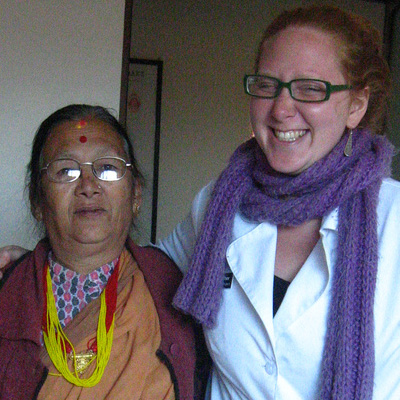 One morning before Christmas, both the other practitioner and I woke up ill. I had been up all night tormented by my insides and she had gotten nauseous after eating breakfast. It was just the two of us in the clinic at that time, so we did the best we could to make it through the morning. At lunch we slept in the sun on the roof. I tried to will its warmth in through my belly button. When lunch time was thoroughly over our interpreters asked if we would be able to treat any more. The other acupuncturist issued a hushed grunt in refusal. I commanded my legs to crawl down the stairs to the lower portion of the roof where Ramita, one of the clinic staff suggested that I treat right there, in the sun. This meant two fewer flights of stairs, thrilling. The interpreters carried needles, disposal containers, cotton swabs and chairs upstairs and guided the confused lot of patients to sit on the roof. Meanwhile, Ramita called her mother to ask advice. Her mother was convinced that we had been 'witched' by a local villager on our walk the previous day with Satyamohan, another interpreter. Satyamohan was convinced that he had taken us too far on our walk and somehow the exercise had caused us to fall ill. Pradjil was convinced we must have eaten chicken that had been sitting unrefrigerated at the butchers for several days. I was happy they were trying their hand at diagnosis. Not having any direct remedy for too much exercise or salmonella, Ramita asked if she could try a 'de-witching'. I was game for pretty much anything at that point and had been wanting to see some Nepali shamanic medicine anyhow.
One morning before Christmas, both the other practitioner and I woke up ill. I had been up all night tormented by my insides and she had gotten nauseous after eating breakfast. It was just the two of us in the clinic at that time, so we did the best we could to make it through the morning. At lunch we slept in the sun on the roof. I tried to will its warmth in through my belly button. When lunch time was thoroughly over our interpreters asked if we would be able to treat any more. The other acupuncturist issued a hushed grunt in refusal. I commanded my legs to crawl down the stairs to the lower portion of the roof where Ramita, one of the clinic staff suggested that I treat right there, in the sun. This meant two fewer flights of stairs, thrilling. The interpreters carried needles, disposal containers, cotton swabs and chairs upstairs and guided the confused lot of patients to sit on the roof. Meanwhile, Ramita called her mother to ask advice. Her mother was convinced that we had been 'witched' by a local villager on our walk the previous day with Satyamohan, another interpreter. Satyamohan was convinced that he had taken us too far on our walk and somehow the exercise had caused us to fall ill. Pradjil was convinced we must have eaten chicken that had been sitting unrefrigerated at the butchers for several days. I was happy they were trying their hand at diagnosis. Not having any direct remedy for too much exercise or salmonella, Ramita asked if she could try a 'de-witching'. I was game for pretty much anything at that point and had been wanting to see some Nepali shamanic medicine anyhow.
One handful of water and one handful of rice came from the kitchen. Patients looking on, water sprinkled on the bench, I sat down in the tiny blessed droplets. I wasn't happy to have my pants wet, but it wasn't any worse than anything else going on. The rice was split into two sections, and my body was traced three times on each side. My skin tingled and my scalp itched when she plucked a hair from my head. Words muttered and my ailments were tossed off the roof into the courtyard of the monastery. If that didn't do it, nothing was going to. A few breaths later I stood up and treated the remaining ten patients or so for the day.
Maybe it was being taken care of, or maybe it was the sun, or maybe it was the rice magic but I felt better. Maybe if I had believed more, the stomach trouble wouldn't have come back the next night. But for the meantime, the patients were treated and my stomach was settled. Again, by medicine or miracle I had got what I needed to get through. –Ali
Our Mission
Acupuncture Relief Project, Inc. is a volunteer-based, 501(c)3 non-profit organization (Tax ID: 26-3335265). Our mission is to provide free medical support to those affected by poverty, conflict or disaster while offering an educationally meaningful experience to influence the professional development and personal growth of compassionate medical practitioners.
